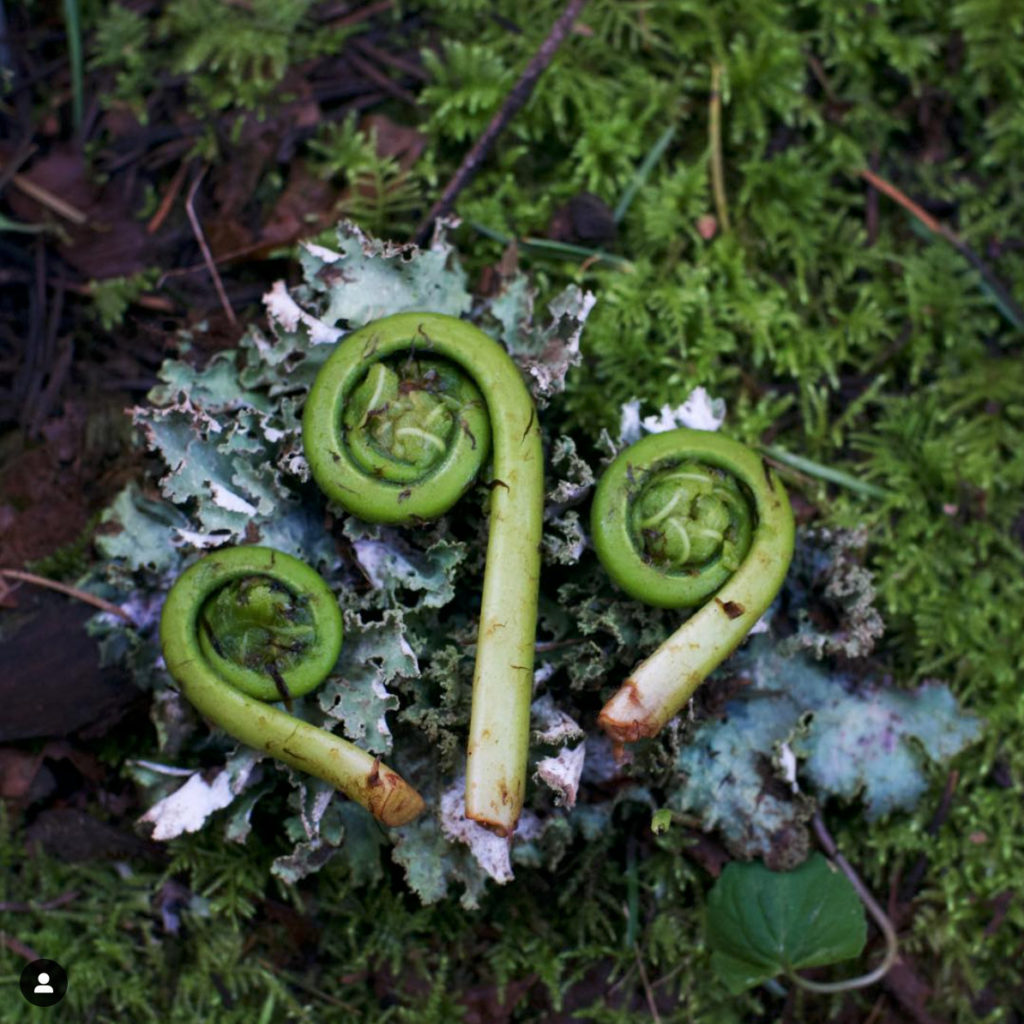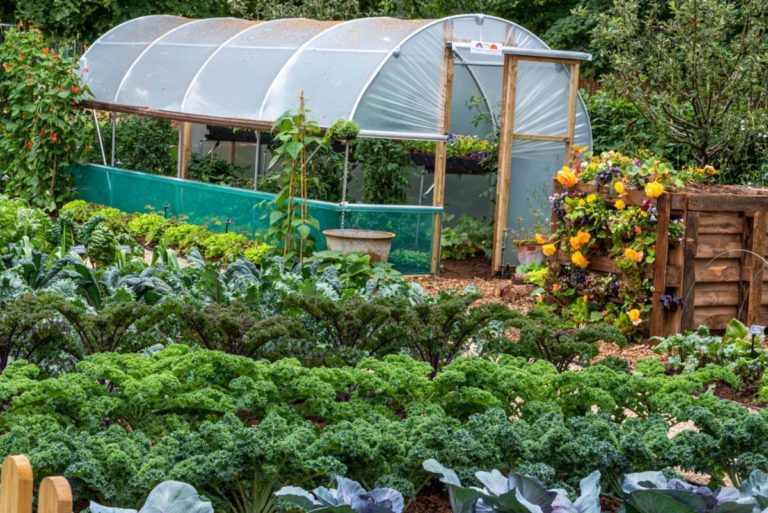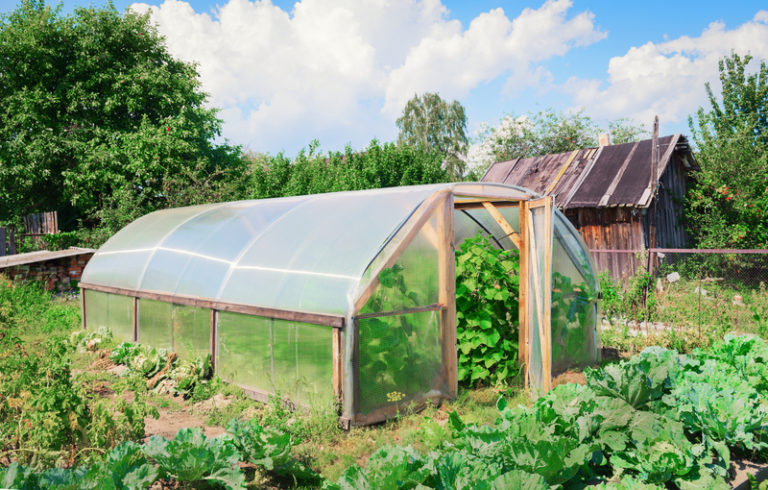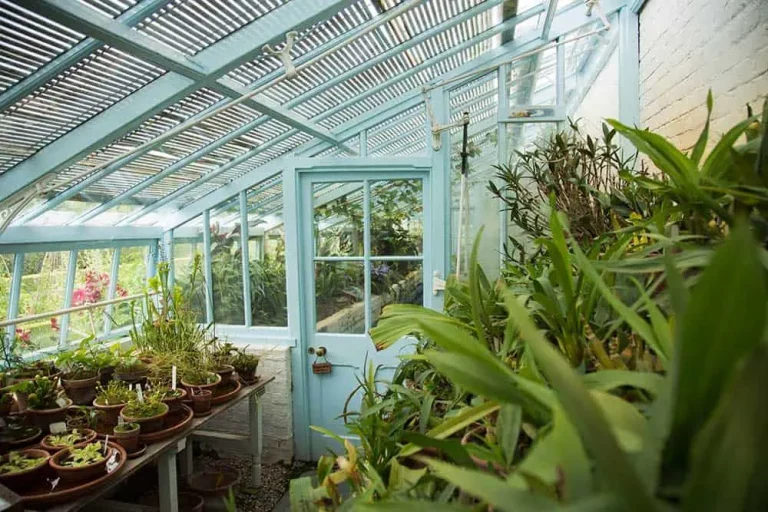Foraging for wild edibles is a great way to connect with nature, discover new flavors, and live more sustainably.
However, it’s important to do so safely and responsibly.
We’ll provide you with actionable tips and techniques on how to forage for wild plants in a safe and sustainable manner, ensuring that you can enjoy the fruits of nature without compromising your health or the environment.
Research and plan ahead
Before you head out, research the plants you plan to forage and make sure they are safe to eat and abundant in your area. Plan your route and schedule your outing based on the availability of the plants you want to forage.
Begin by consulting field guides or online resources to identify the plants you’re interested in foraging, and check for any Lookalike Species that might be poisonous.
Once you’ve confirmed the identities of the plants you’ve chosen, check their availability in your area by scouting the location and observing the plants’ growth patterns.
Consider factors like soil quality, moisture levels, and sunlight exposure to determine the best times of day and seasons to forage.
Plan your route and schedule your outing based on the availability of the plants you want to forage, so you can make the most of your time and efforts.
By doing your research and preparing ahead of time, you’ll be well on your way to a successful and safe foraging experience.
Be aware of your surroundings
When you’re out foraging, be aware of your surroundings, including the soil, air, and water. Avoid foraging in areas with heavy pollution, pesticide use, or other environmental hazards.
When foraging for wild edibles, it is essential to be mindful of your surroundings, including the soil, air, and water.
Avoid foraging in areas with heavy pollution, pesticide use, or other environmental hazards, as these can have detrimental effects on the plants you seek to harvest, and ultimately, on your health.
Soil contaminated with heavy metals or pesticides can accumulate in plant tissues, making them unsafe for consumption.
Similarly, air pollution can lead to the deposition of harmful compounds onto leaves and other plant parts, and water pollution can taint the soil and plants.
Therefore, always research the area you plan to forage in and choose sites with a history of low environmental hazards.
Be aware of any local advisories or restrictions on foraging in certain areas due to environmental concerns.
By taking these precautions, you can ensure a safe and enjoyable foraging experience, while also protecting the environment and your own health.
Use a field guide
A field guide can help you identify plants and ensure they are safe to eat. Choose a guide that is specific to your region and includes detailed descriptions and photos of the plants you plan to forage.
When foraging for wild plants, a field guide is an essential tool to ensure not only that you can identify the plants you find, but also that they are safe to eat.
Without proper identification, you risk consuming poisonous or toxic plants, which can be detrimental to your health.
By choosing a field guide that is specific to your region, you can be sure that the plants you are identifying are the ones that are commonly found in your area.
A good field guide should include detailed descriptions and photos of the plants you plan to forage, as well as information on their habitats, growth habits, and any lookalike species that may be mistaken for them.
With a reliable field guide, you can feel confident in your ability to identify and forage for wild plants, while avoiding any potential hazards.
Use your senses
Use your senses to identify plants. Look for distinctive features like shape, color, and texture. Smell the plant to determine its aroma. Taste a small amount to determine its flavor and texture.
When identifying plants, use your senses to fully experience their unique characteristics.
Start by examining their shape and color, as these can be key indicators of the plant’s species.
Notice the texture of the leaves, stems, and flowers, as these can also be distinctive features.
Then, engage your sense of smell to determine the plant’s aroma.
Does it have a sweet, earthy, or pungent scent?
Next, taste a small amount of the plant to determine its flavor and texture.
Does it have a tangy, bitter, or sweet taste?
By using all of your senses, you can gain a more complete understanding of the plant’s identity and properties.
For example, the shape and color of a succulent plant like an aloe vera can be easily identified by its fleshy, thick leaves with a vibrant green color.
The aroma of a crushed leaf can reveal a sweet, medicinal scent, while the taste can be slightly bitter with a smooth, gelatinous texture.
By using your senses to identify plants, you can develop a deeper appreciation and understanding of the natural world around you.
Only pick what you need
When foraging, only pick what you need and leave the rest of the plant intact. This will ensure the plant can continue to grow and produce fruit for other foragers.
When foraging for wild edibles, it’s essential to practice responsible harvesting techniques to ensure the long-term health and sustainability of the plants and the ecosystem.
This means only picking what you need and leaving the rest of the plant intact.
By doing so, you allow the plant to continue growing and producing fruit for other foragers, as well as providing a home for insects, animals, and microorganisms that rely on the plant for survival.
Leaving some of the plant intact also helps to maintain the plant’s natural defense mechanisms, which can help protect it from pests and diseases.
When you only pick what you need, you’re less likely to disturb the surrounding soil and vegetation, which can help preserve the delicate balance of the ecosystem.
So, remember to be mindful of your harvesting practices and only take what you need to ensure the continued health and abundance of the plants and the ecosystem.
Harvest responsibly
When harvesting, use the correct techniques to avoid damaging the plant. For example, when picking berries, use a gentle twisting motion instead of pulling, which can damage the plant.
When harvesting, it is essential to use the correct techniques to avoid damaging the plant and ensure a healthy and sustainable yield.
One important tip is to use a gentle twisting motion when picking berries, rather than pulling, which can damage the plant’s roots and stem.
This gentle twisting motion helps to separate the berry from the plant without causing any damage or stress to the plant.
By using this technique, you can avoid damaging the plant’s delicate tissues and ensure that it remains healthy and productive for future harvests.
It is important to only pick berries that are ripe and ready to be harvested, as under-ripe or over-ripe berries can be damaging to the plant.
Be mindful of regulations
Be aware of any regulations or restrictions on foraging in your area. Some plants may be protected or regulated, so it’s important to know what’s allowed and what’s not.
Before you start foraging for wild edibles, it is important to be aware of any regulations or restrictions in your area.
Some plants may be protected or regulated, and picking them can result in hefty fines or even legal consequences.
For instance, certain species of wildflowers, like the state-listed endangered species, the Kentucky lady’s slipper, are protected in Kentucky and cannot be picked without proper permits.
Some areas have designated foraging seasons or specific times of the day when foraging is allowed.
Failure to comply with these regulations can lead to legal trouble and damage to the ecosystem.
Therefore, it is essential to research and understand the laws and regulations in your area before you start foraging for wild edibles.
This not only ensures your safety but also helps protect the environment and preserves the ecosystem’s biodiversity.
Always prioritize responsible and sustainable foraging practices to enjoy the delicious benefits of wild edibles while preserving the beauty of nature for future generations.
Learn about plant toxicity
Learn about the toxicity of the plants you plan to forage. Some plants can be toxic, so it’s important to know what to look for and how to avoid them. For example, some mushrooms can be toxic, so it’s important to only pick those that are safe for consumption.
When foraging for wild plants, it’s important to be aware of their toxicity.
Some plants can be harmful if consumed, so it’s essential to know how to identify and avoid them.
For instance, mushrooms are notorious for their potential toxicity.
While some mushrooms are safe to eat, others can cause serious health issues if ingested.
To avoid consuming toxic mushrooms, it’s important to only pick those that are known to be safe and to properly identify them before consumption.
When foraging for wild plants, it’s important to look for certain signs that indicate toxicity.
For example, plants that contain toxic compounds may have a different color or texture than edible plants.
Some plants may also have a strong or unpleasant odor, which can be a sign of toxicity.
It’s important to be aware of the environment in which the plants are growing.
Plants that are grown in polluted soil or water may be more likely to contain toxic compounds.
To avoid toxic plants, it’s essential to proper identify any plant before consuming it.
This can be done by consulting field guides or working with an experienced forager.
It’s also important to only pick plants that are in good condition and to avoid plants that are past their prime or have been damaged by pests or disease.
By being aware of the toxicity of wild plants and taking the proper precautions, you can ensure a safe and rewarding foraging experience.
Remember, it’s always better to err on the side of caution and to avoid any plant that you’re not absolutely sure is safe to consume.
Want More? Dive Deeper Here!
Hey there! If you’re the type who loves going down the rabbit hole of information (like we do), you’re in the right spot. We’ve pulled together some cool reads and resources that dive a bit deeper into the stuff we chat about on our site. Whether you’re just killing time or super into the topic, these picks might just be what you’re looking for. Happy reading!






